(508 products available)

































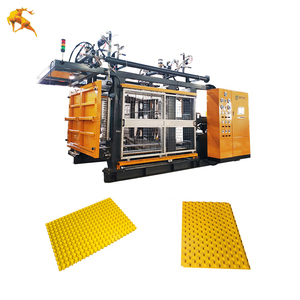













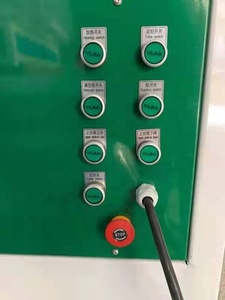














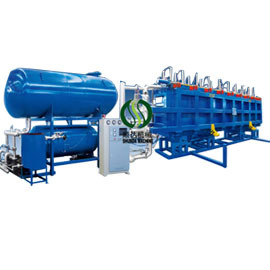

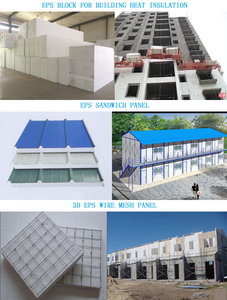

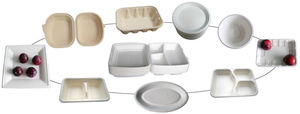


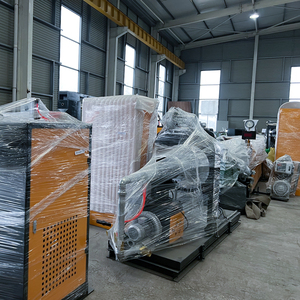









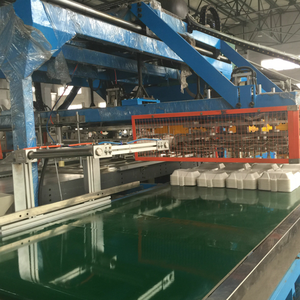


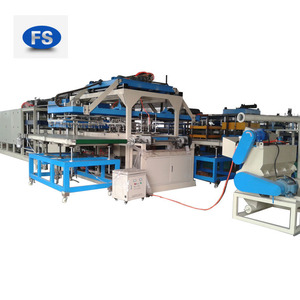


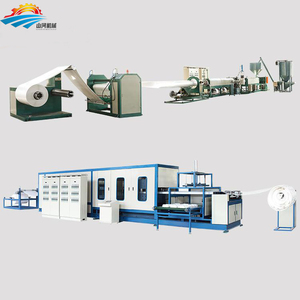
















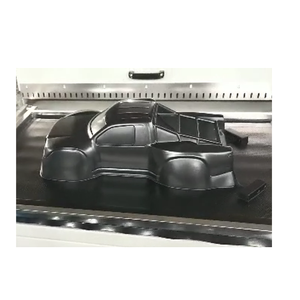










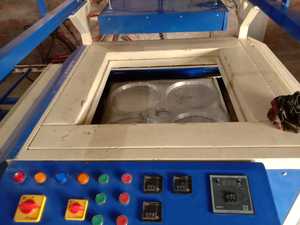

















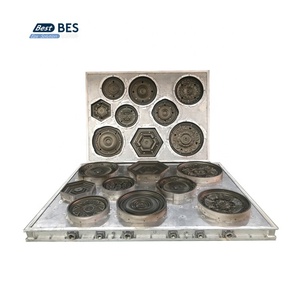



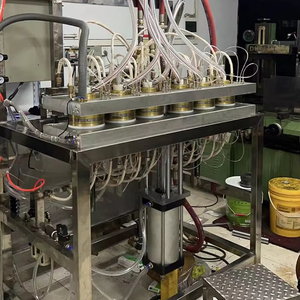

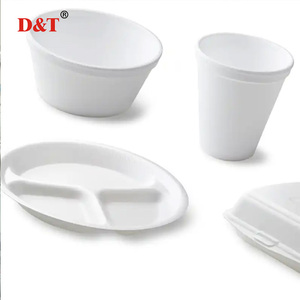
















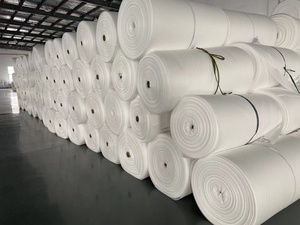











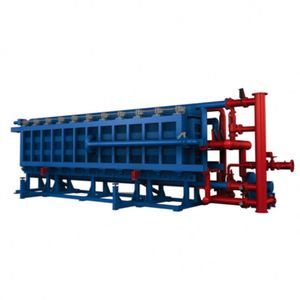



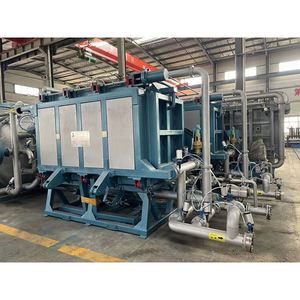









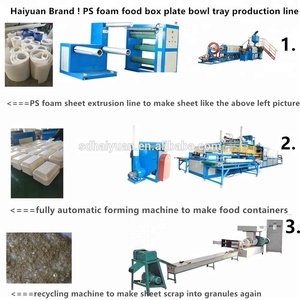



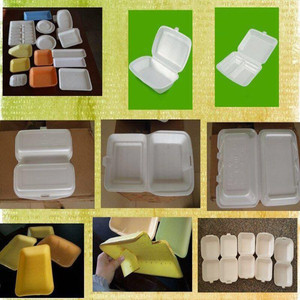



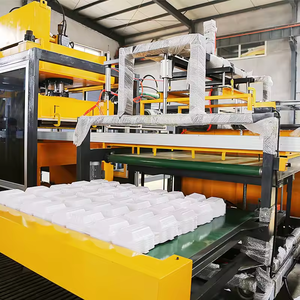











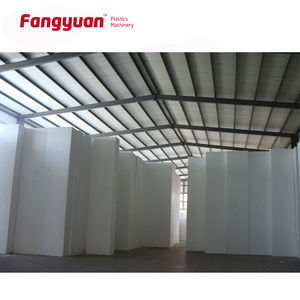




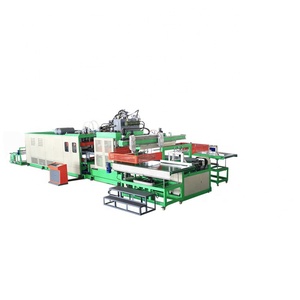
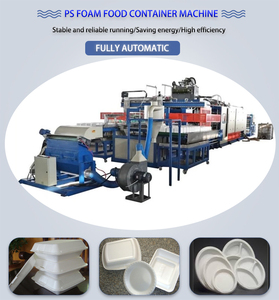






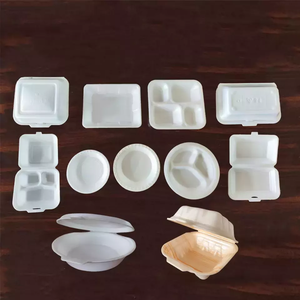

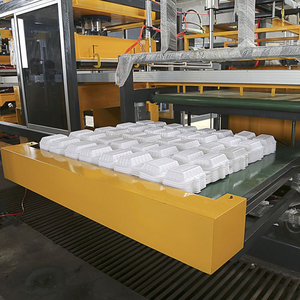






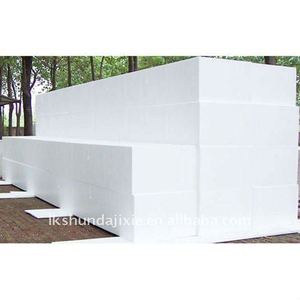
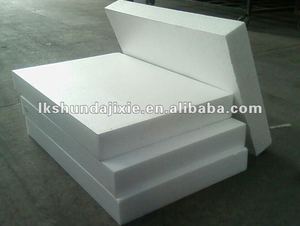

EPS (Expanded Polystyrene) thermocol plate foam machines are used to produce foam plates, which are commonly used for food packaging. There are two main types of EPS thermocol plate foam machines: continuous and intermittent (or batch). Every type of machine has distinct features and benefits for buyers to consider.
Continuous EPS thermocol plate foam machines
Continuous EPS thermocol plate foam machines operate uninterruptedly to produce foam plates. One benefit is that they can make a lot of plates in less time. They also use raw materials more efficiently, which reduces waste. Continuous machines can also be used to make foam products of different sizes and thicknesses. Some models of machines can even make up to 20 different types of foam products.
Intermittent EPS thermocol plate foam machines (batch)
Intermittent or batch EPS thermocol plate foam machines produce foam plates in separate portions. One benefit is that they cost less than continuous machines. They are also easier for operators to learn how to use. These machines can still make foam plates with different specifications. But they produce plates at a slower speed compared to continuous foam plate machines. For buyers who have a smaller production volume or who make foam plates with special specifications, an intermittent EPS thermocol plate foam machine is a good choice.
In addition to the continuous and batch variations, there are also different types of foam plate production machines based on how the raw materials are supplied and shaped. Below are more details for buyers to discover.
Pre-expanded feeding system machines
This type of machine feeds pre-expanded EPS granules to the mold, where the particles will be heated again for further expansion to form a rigid foam product. The pre-expanded granules are transported to the mold through a blower.
Double feeding systems with pre-expander machines
These machines feed the raw materials by both methods: granules and steam chambers. The steam chamber heats the granules up to the mold, where it is formed in the mold. The further expansion of the particles will be further expanded and will be formed into the foam product.
Injection foam forming machines
In the injection method, the EPS material is directly injected into a mold to create the desired shape of the foam product. In this type of machine, the molds are heated and the pre-formed granules expand in the heated mold to form the final product.
Capacity:
The capacity of the EPS foam plate machine defines the amount of foam plates it can produce in a given timeframe, typically measured in plates per hour or per unit of time. Machines with high capacities are ideal for large-scale production and may help meet the demand.
Power:
The power requirement for an EPS foam plate machine will be provided in kilowatts (kW) or horsepower (HP). Different machines may have different power needs, depending on the size and complexity. It may be for the buyer to ensure that the power source is suitable for the machine.
Dimension and weight:
Dimensions and weights of an EPS foam plate machine refer to the physical size and mass of the machine. This information is important for understanding the space requirements for installing the machine as well as for transportation considerations. The weight will usually be heavy, as it is a heavy industrial product. The dimensions will also be sizeable as it needs to support the production of large foam sheets.
Material:
The material of the EPS foam plate machine is often made of high-strength steel or cast iron to ensure durability and stability during long-term operation. These materials have excellent mechanical properties and strength, which can withstand the pressure and extrusion forces involved in the production process, ensuring the stable operation and repeatability of the machine.
Machine maintenance is one of the most essential aspects of keeping any industrial machinery running for long periods without any downtime. Similarly, the maintenance of an EPS foam plate machine will ensure efficiency, safety, and product quality.
EPS thermocol plate foam machines can be used for various business applications. Here are some of them:
Assess Production Requirements:
It's crucial to identify the business's needs. This involves determining the plate types and sizes will be produced, as well as the desired production capacity. Different machines are designed for producing specific types of plates, such as cutlery, food containers, or culinary plates. Also, evaluating the required production volume will help in selecting a machine with the appropriate capacity.
Consider Raw Material Compatibility:
For successful production, it's essential to choose a machine that can efficiently process the chosen EPS (Expandable Polystyrene) material. This could be either pre-foamed EPS or foaming EPS, as mentioned before.
Energy Efficiency:
The energy consumption of these machines can vary significantly depending on factors like heating methods, hydraulic systems, and overall design. It's essential to consider the long-term operating costs and environmental impact by opting for an energy-efficient machine.
Q1: What is the production process of EPS foam plate making machines?
A1: The manufacturing procedure begins with pre-expanding raw materials. Then it goes to the molding stage to shape the foam plates. After that, the foam plates are cut into the desired sizes and shapes. Finally, the foam plates are stacked, packaged, and transported to retail locations or warehouses.
Q2: What types of materials can be used with automatic EPS plate machines?
A2: Automatic EPS plate machines primarily use different types of EPS as raw materials. In addition, other materials, like ascribing materials, can be used to customize functional or specialty foam products.
Q3: Can里automatic EPS plate machines be integrated into existing production lines?
A3: Yes, automatic EPS plate machines can typically integrate into existing production lines, combining additional equipment and workflow to meet specific production needs.
Q4: What are the future trends in automatic EPS plate machine technology?
A4: The future trend may develop toward automated production lines, intelligent control systems, environmentally friendly materials, and energy-saving technologies to meet market demands and sustainable development requirements.